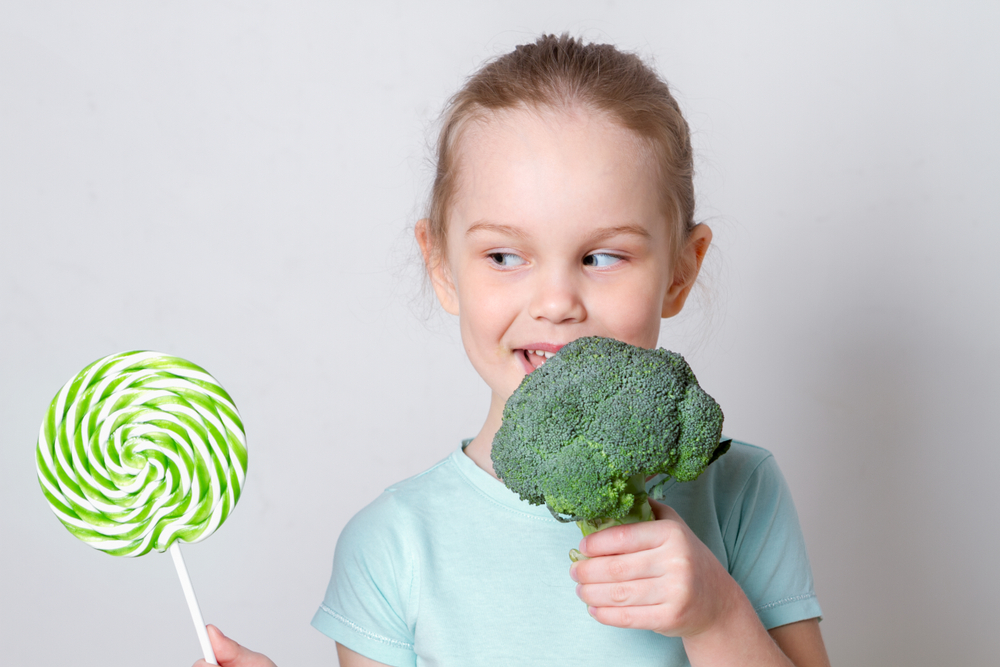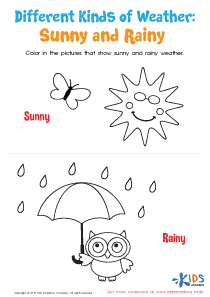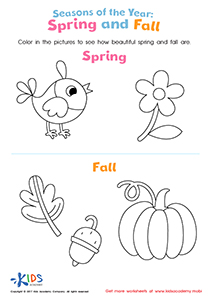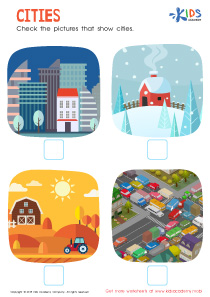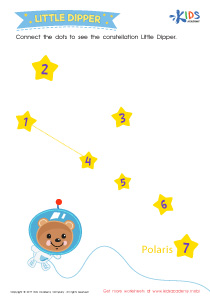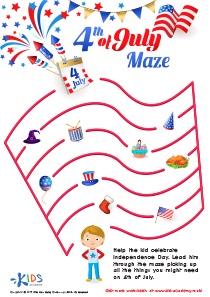Easy Plants and Animals Worksheets
1 filtered results
-
From - To
Interactive Easy Plants and Animals Worksheets
Looking for an educational tool to teach your little ones about plants and animals? Look no further than our Easy Plants and Animals Worksheets! Designed for Preschool, Kindergarten, Grade 1, and Grade 3, these worksheets offer an engaging and interactive way to introduce young learners to the wonderful world of nature. With activities covering everything from plant life cycles and animal habitats to identifying different types of flowers and animals, our worksheets provide a fun and easy way for kids to learn about the natural world. So why wait? Start exploring the amazing realm of plants and animals today with our fun and engaging worksheets!
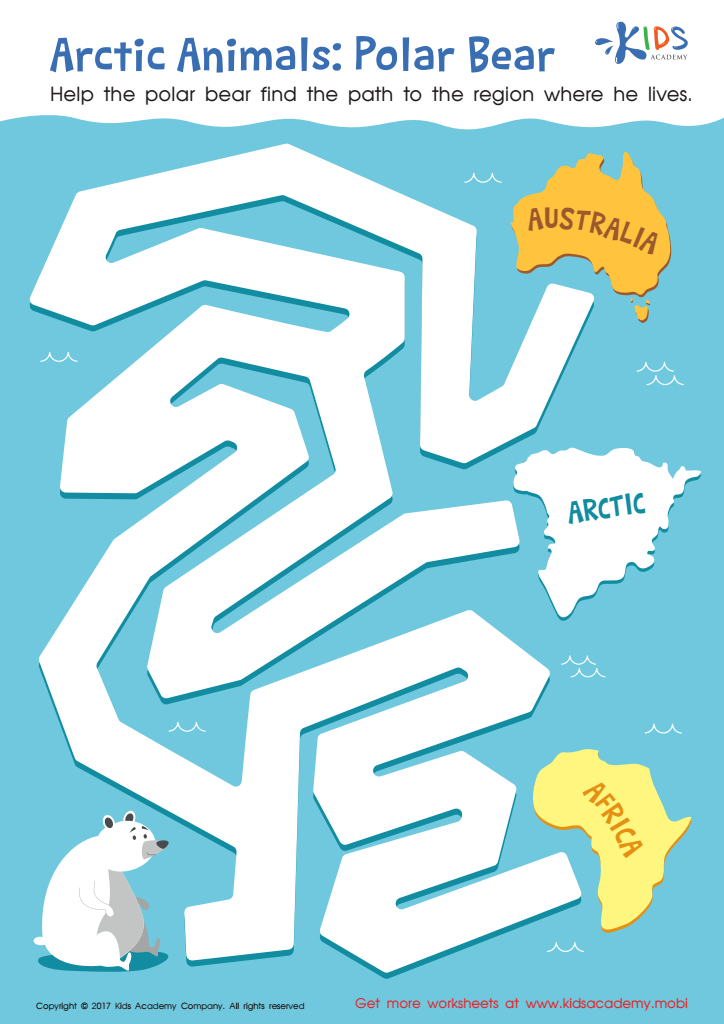

Arctic Animals: Polar Bear Worksheet
The Importance of Easy Worksheets on Plants and Animals for Children's Learning
Easy worksheets stand out as a vital educational tool for developing the foundational knowledge of children in various age groups. Specifically, worksheets that focus on plants and animals are particularly useful for familiarizing children with the natural world. These worksheets are designed for different grade levels, from Preschool to Grade 3, ensuring an appropriate level of complexity for each child’s stage in their learning.
One of the reasons why easy worksheets dedicated to plants and animals are helpful is that they teach children how to identify various species. Children have a natural curiosity about the world around them, and these worksheets provide an avenue for children to learn and attain new knowledge. By engaging in these activities, children can develop a keen attention to detail and learn how to differentiate between characteristic features of various plants and animals, such as distinctive outlines, colors, and physical traits.
Another benefit of easy worksheets on plants and animals is they instill an appreciation for nature and biodiversity. By exposing young minds to the vast array of living things on earth, children can come to understand that the natural world is diverse and complex, and each lifeform has a unique role to play in our ecosystem. Through this understanding, children can develop more respect for the environment, and perhaps be motivated to take care of it through responsible actions, such as recycling, conserving water, and planting trees.
Furthermore, easy worksheets on plants and animals can also enhance a child’s literacy and mathematical skills. Most worksheets require children to be able to read and comprehend written directions. Similarly, some worksheets require children to count or work with numbers, especially when completing exercises that require them to identify and circle the specified number of plants or animals. Engaging in these activities help reinforce classroom learning and can potentially develop an interest in STEM learning.
Lastly, easy worksheets on plants and animals are useful for building a child’s critical thinking skills. Children are required to make comparisons between different species or identify patterns in the behavior of certain animals. Critical thinking is a necessary skill that is foundational for success in academics and life.
In conclusion, easy worksheets focusing on plants and animals provide an interactive and engaging way for children to learn about the natural world. These worksheets provide foundational knowledge, help develop critical thinking skills, instill an appreciation for the beauty of nature, and potentially stimulate an interest in STEM learning. They prove to be a useful resource for preschoolers, kindergarten students, grade 1 and grade 3 students alike, to gain knowledge, have fun, and develop meaningful skills all at once.
 Assign to the classroom
Assign to the classroom

